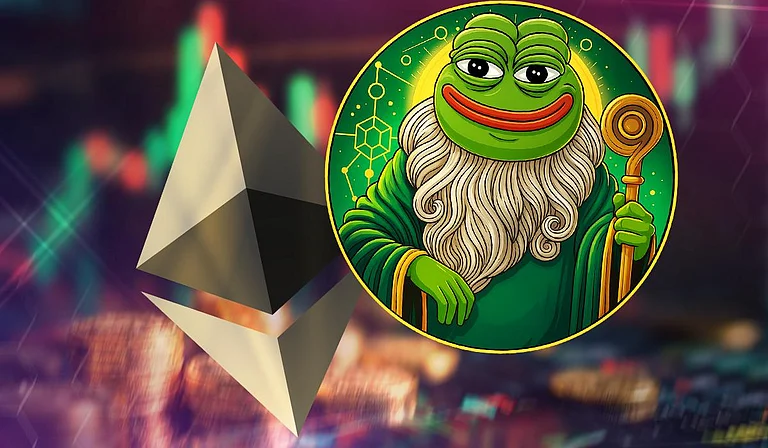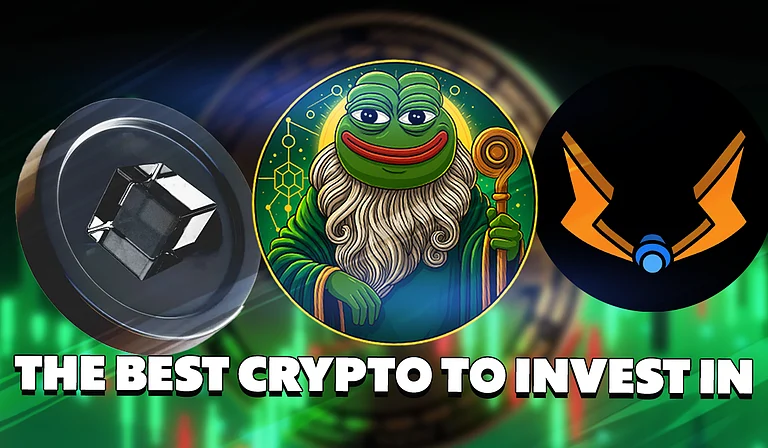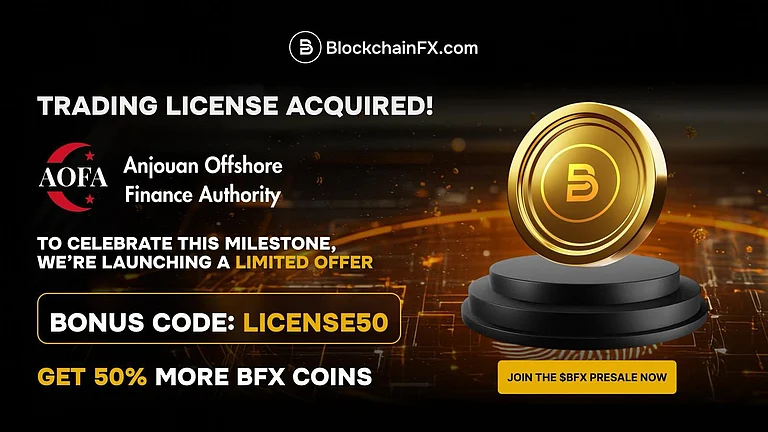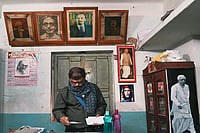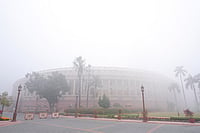For times, the world of crypto was substantially viewed as a tone- contained macrocosm — detached from the" real world," floating on abstract commemoratives, complicated tech slang, and academic trading. But a quiet shift has begun to change this narrative. It's called Real- World means( RWAs), and it’s breathing a new kind of life into blockchain by linking palpable value from the offline world to on- chain platforms.
At its core, Real- World means are physical or traditional fiscal means — suppose real estate, artwork, goods, or indeed contracts — that are represented digitally on a blockchain. The end? To bring translucency, effectiveness, and availability to areas of finance that have long been complicated, exclusive, and opaque.
But why is this catching on now? And why should someone with little or no exposure to the crypto world pay attention?
The Trust Gap Why RWAs Matter
Traditional finance, while important, frequently feels out of reach. Whether it's high- value real estate or rare collectibles, these requests have long been reopened — limited to interposers, fat investors, or institutions with the right connections. Indeed commodity as introductory as securing a loan involves multiple layers of verification, interposers, and detainments.
On- chain representation of RWAs changes this dynamic. By garbling real- world value onto transparent, tamper- evidence digital checks, it allows these means to come more accessible. Suddenly, power is n’t about paperwork locked in train closets or access to elite brokers. It's about having a digital key, a vindicated entry, and a network that does not sleep.
More importantly, blockchain brings commodity traditional finance has frequently plodded with real- time visibility. Investors, controllers, and actors can trace the trip of an asset, understand its valuation history, and interact with it without counting on third parties to “ confirm ” its status. It’s not just about digitization it’s about trust without authorization.
Simplicity Wrapped in Complexity
Now, let’s be honest — blockchain is n’t the most freshman-friendly technology. Terms like tokenization, smart contracts, or liquidity can feel alien. But at the heart of RWA integration is a unexpectedly mortal idea to make finance fairer and more direct.
Imagine you are a small investor. Traditionally, retaining a piece of a high- value point like marketable property or artwork would be near insolvable. With on- chain models, these means can be digitally divided into lower, empirical pieces so you can share without demanding to buy the whole thing. It’s a bit like crowdfunding, but with formal evidence of power and the capability to resell or trade your share without legal befuddlements.
This simplicity is what’s drawing further people to the conception. While the backend might be technologically complex, the stoner experience is getting more intuitive. People do n’t need to understand every line of law — just as we do n’t need to know how the internet works to use dispatch.
A New Type of Ownership Culture
There’s also a artistic shift passing. youngish generations are n’t just looking for profit — they’re looking for meaning, translucency, and control. RWAs on- chain offer a way to engage with investments that feel palpable and values- driven.
When you can see where an asset comes from, how it’s performing, and where it’s headed each in real- time — you’re no longer passively trusting a system. You’re sharing in it.
Power becomes lower about capital and further about access. And access, when distributed digitally, can be far more popular than the old gatekeeping models of finance.
Challenges and the Road Ahead
Of course, this space is n’t without disunion. The process of vindicating that an offline asset truly corresponds to its on- chain interpretation still requires oversight. Regulation is catching up sluggishly, and there are valid enterprises about fraud, overpromising, or specialized failure.
But every new technology that’s changed the world — from electricity to the internet — started with analogous hurdles. The pledge of RWAs is n’t that they're a perfect moment, but that they point toward a further inclusive fiscal system.
In a world where digital and physical are decreasingly blurred, Real- World means are n’t just another crypto trend. They’re a ground — still, steadily — connecting people to value in new and important ways.
Final Thought
Real- World means may still sound abstract to the average person. But the ideas behind them are unexpectedly predicated. They are about opening doors, simplifying access, and offering power to people who’ve noway had a seat at the table. And in a world where control over our finances frequently feels distant, that’s a change worth watching.






